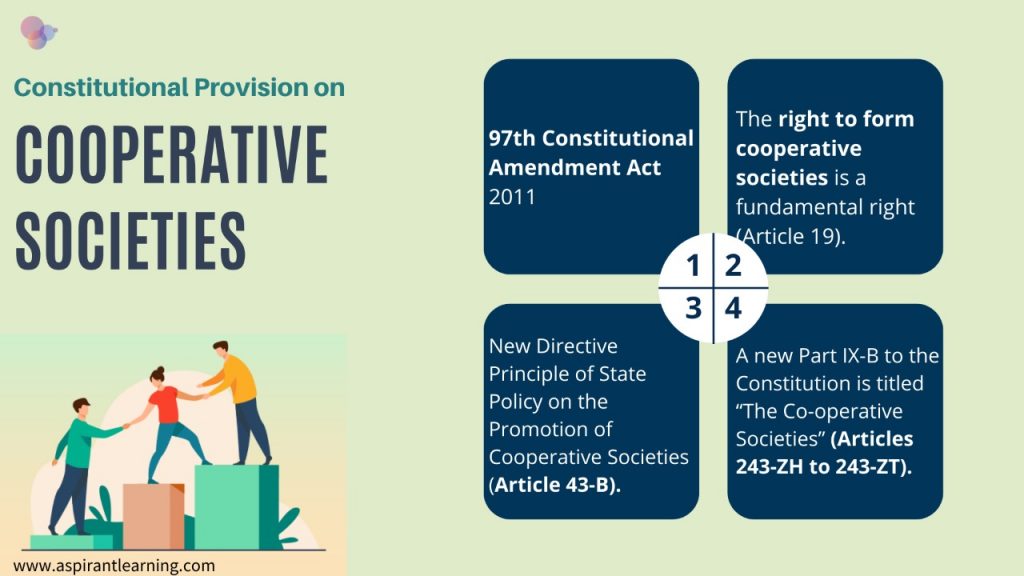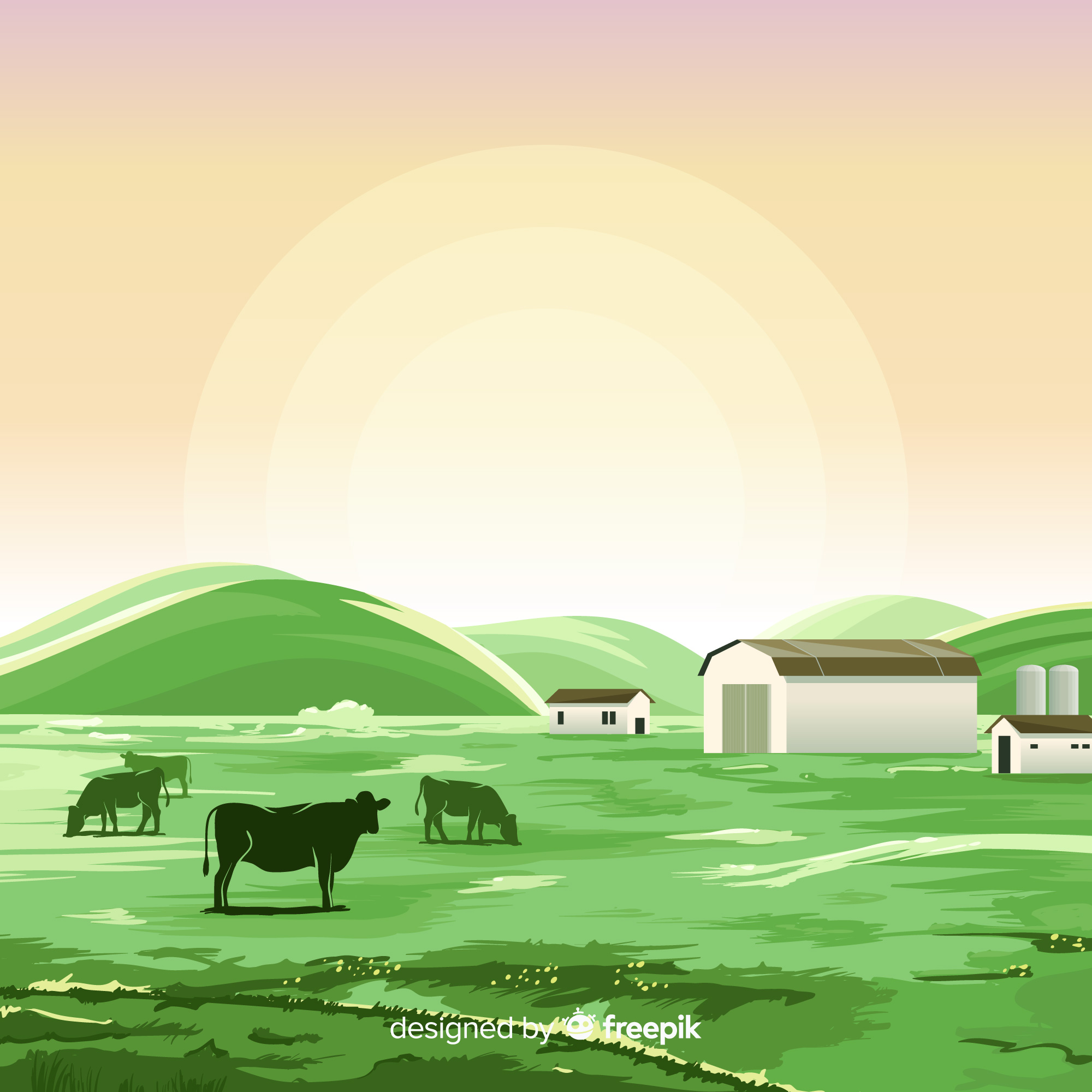News Highlights:
- Recently, RS Sodhi resigned as the Managing Director of Gujarat Cooperative Milk Marketing Federation Ltd (GCMMF), which markets its products under the Amul brand.
- Gujarat Cooperative Milk Marketing Federation Ltd an apex organisation of dairy cooperatives in Gujarat, ultimately owned by 36.4 lakh farmers, supplies milk to 18,154 village-level societies across the state.
Gujarat Cooperative Milk Marketing Federation Ltd:
- About:
- Gujarat Cooperative Milk Marketing Federation Ltd (GCMMF) is a farmers’ cooperative in India marketing the dairy products of milk cooperatives in the State of Gujarat.
- It has been a successful enterprise, and its flagship brand Amul has become one of the best-recognized brand names in India.
- Shareholders:
- GCMMF, owned by 36.4 lakh farmers, supplies milk to 18,154 village-level societies across the state.
- GCMMF members can be producers or consumers, and these members may own shares but value the cooperative primarily for its services.
- Sales turnover:
- Between 2001-02 and 2021-22, GCMMF’s sales turnover increased from Rs 2,336 crore to Rs 46,481 crore
- Average daily milk procurement increased from 47.32 lakh litres to 263.66 lakh litres, which included 42.68 lakh litres from outside Gujarat.
- Administration:
- Amul’s organisational model has been based on an elected board of directors, which functions through a chief executive and his team, which includes marketing and finance professionals, project engineers, veterinarians, and Agricultural scientists are included. Nutritionist.
- Managing directors are usually Indian Administrative Service officers who report to the animal husbandry and dairy department secretaries.
- Neither the boards nor managers are accountable to the farmers. These milk-producer cooperatives are only in name.

Anand Milk Union Limited (Amul):
- About:
- Formed in 1946. Amul is an Indian dairy state government cooperative society based in Anand, Gujarat.
- The Gujarat Cooperative Milk Marketing Federation Ltd markets its products under the Amul brand.
- Background:
- Amul spurred India’s White Revolution, making the country the world’s largest producer of milk and milk products.
- Verghese Kurien (father of the white revolution in India) is credited with the success of Amul’s marketing.
- Tribhuvandas Kishibhai Patel, under the guidance of Sardar Vallabhbhai Patel, became the organisation’s founding chairman.
- Structure:
- The Amul Model of dairy development is a three-tiered structure with the cooperative dairy societies at the village level federated under a milk union at the district level and a federation of member unions at the state level.

The Cooperative Society:
- About:
- A cooperative society is usually a voluntary organisation formed by the underprivileged or the weaker sections.
- Such a society is a free and voluntary association that aims at the betterment of its members.
- Like-minded people driven by common goals form this kind of body.
- Characteristic Features:
- A cooperative society does not bind any member in its choice of association with itself. Anyone who wants to enrol in such an organisation voluntarily can do so irrespective of caste or creed. They can end their association with the said group only by serving a notice declaring the same beforehand.
- The organisation does not restrict anyone based on their social or religious background.
- To work smoothly and towards a common goal, the society forms a managing body by voting among its members. In this way, it is democratic.
- The cooperative society, though it works independently, is always under the control of the state government. This means that it has to maintain all records and is accountable for its workings whenever it faces an audit.
- Advantages of a cooperative society:
- These societies are directly associated with the producers themselves. It excludes the chance of people working in the middle and thus provides maximum profit to the producers and consumers; hence goods are sold at cheap rates here.
- Instant and easy loans are provided to the members of these cooperative societies.
- Disadvantages:
- As these organisations work with the economically weaker and backward sections of society, the chances of raising monetary capital are quite low.
- Due to voluntary membership in such associations, there are scopes and instances of mismanagement and chaos in such groups.
Pic Courtesy: Freepik
Content Source: The Indian Express



